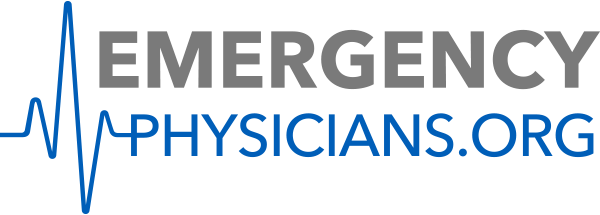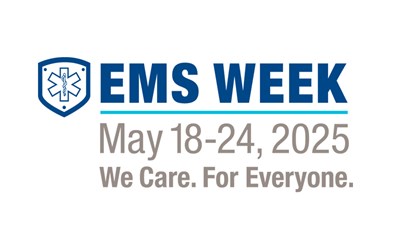Fourth legal win for patients and physicians as law continues to protect patients from surprise medical bills.
WASHINGTON, DC – In its fourth ruling regarding the flawed implementation of the No Surprises Act, the U.S. District Court for the Eastern District of Texas agreed with the plaintiffs, the Texas Medical Association, that the government was incorrectly permitting insurers to use a faulty methodology when calculating their median in-network rate, also known as the qualifying payment amount (QPA).
This TMA III ruling does not impact the patient protections included in the No Surprises Act that the American College of Radiology® (ACR®), (ACR), American College of Emergency Physicians (ACEP) and the American Society of Anesthesiologists (ASA) advocated for and continue to fully support, nor does it raise patient out-of-pocket costs.
The court agreed that the methodology the insurers employed in calculating the QPA was tilting the arbitration process in the insurers’ favor. The court overturned several regulatory provisions related to the QPA calculation, including those that enabled insurers to include in the calculation of QPAs contracted rates for services that physicians do not provide, known as “ghost rates.” ASA, ACEP, and ACR filed an amicus brief in support of the TMA III litigation. The government will have 60 days from the district court’s decision to appeal it.
If it stands, this decision will end a status quo that allowed insurers to game the system at the expense of community-based physician practices. This important ruling will bring the law back in line with what Congress intended for the No Surprises Act—protecting patients from surprise bills and creating an unbiased mechanism to resolve payment disputes between insurers and physicians.
“The ruling is a step toward an Independent Dispute Resolution (IDR) process that is accessible, fair and efficient,” said Jacqueline A. Bello, M.D., chair of the American College of Radiology Board of Chancellors. “The insurer-calculated QPA process is a ‘black box’ that drives unsustainably low reimbursement, undermines practices’ ability to provide care and may reduce patient access to in network care. The government must issue rules to make the IDR process work as the law intended.”
“HHS should promptly re-open the IDR process and instruct arbitrators to disregard qualified payment amount calculations until a rule that complies with the court’s decision is published,” said Christopher S. Kang, M.D., FACEP, president of ACEP. “We strongly support additional steps by legal and regulatory authorities to mitigate the concerted effort by insurance companies to avoid or delay payments, even after claims are adjudicated in the physician’s favor.”
“Every day the administration allows to pass with a halted IDR process is a day that rewards insurers for paying physicians below a reasonable and sustainable rate,” said ASA President Micheal W. Champeau, M.D., FAAP, FASA. “This is an important ruling that provides a simple path forward by correcting longstanding errors in the IDR process. Further delays are neither necessary nor acceptable.”
While this court decision is a step in the right direction, it does not bring an end to IDR implementation hurdles, the significant backlog of claims, or insurance company efforts to deny or delay fair payment to physicians. ACR, ACEP and ASA urge HHS to more carefully consider the clear language of the No Surprises law and vigorously enforce plan noncompliance with its rules and regulations.
About the American College of Radiology
The American College of Radiology (ACR), founded in 1924, is a 42,000-member medical association that advances patient care, medical practice and collaborative results through advocacy, quality standards, research and education. www.acr.org.
About the American Society of Anesthesiologists
Founded in 1905, the American Society of Anesthesiologists (ASA) is an educational, research and scientific society with more than 55,000 members organized to raise and maintain the standards of the medical practice of anesthesiology. ASA is committed to ensuring physician anesthesiologists evaluate and supervise the medical care of patients before, during and after surgery to provide the highest quality and safest care every patient deserves.
For more information on the field of anesthesiology, visit the American Society of Anesthesiologists online at asahq.org. To learn more about the role physician anesthesiologists play in ensuring patient safety, visit asahq.org/madeforthismoment. Like ASA on Facebook and follow ASALifeline on Twitter.
###
 American College of Emergency Physicians
American College of Emergency Physicians







